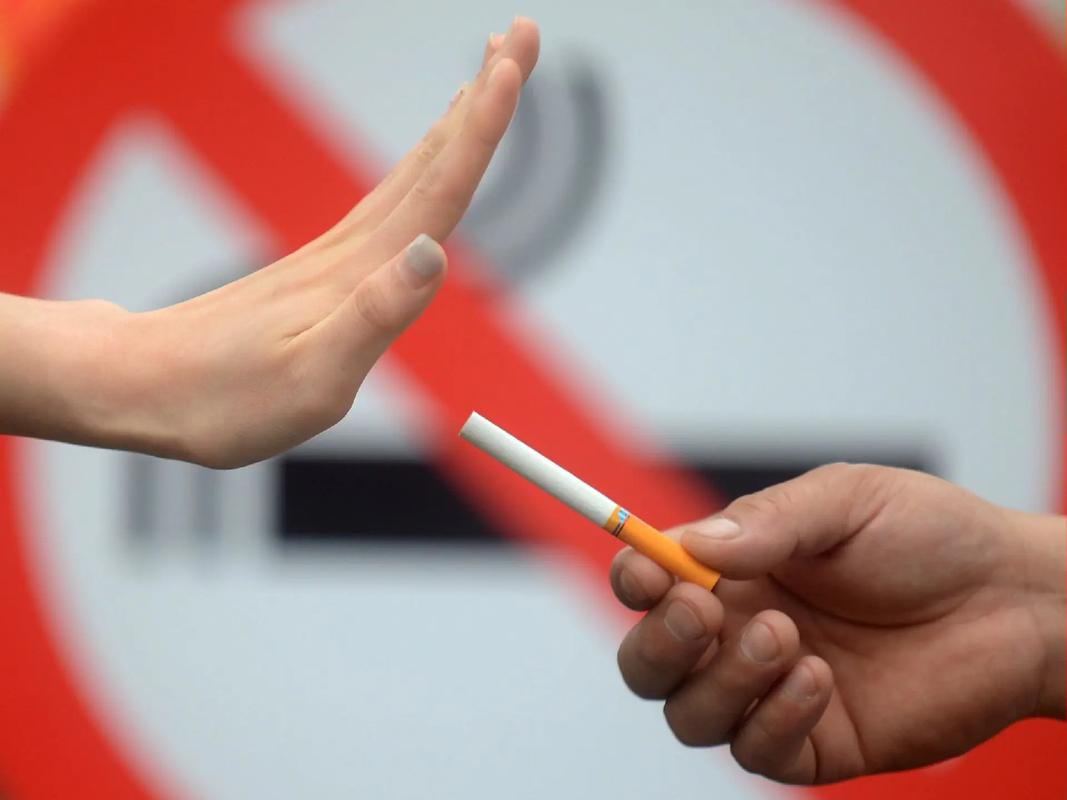Tobacco Smoke: An Overlooked Catalyst in Hemolytic Uremic Syndrome Recurrence
When we think about Hemolytic Uremic Syndrome (HUS), our minds often jump to the classic, and thankfully common, scenario: a young child recovering from a severe gastrointestinal infection, typically caused by E. coli. This is known as typical or STEC-HUS. However, for a distinct group of individuals living with atypical HUS (aHUS), the story is different. aHUS is a chronic, life-threatening disease driven by dysregulation of the complement system, a part of our immune system. For these patients, the fear isn't just about one acute episode; it's about the constant risk of relapse.

While significant strides have been made with complement inhibitor therapies like eculizumab, managing aHUS remains a complex puzzle. We meticulously monitor triggers such as infections, pregnancy, or certain medications. Yet, there is a pervasive, modifiable risk factor that often flies under the radar: tobacco use. The connection between smoking and HUS recurrence is not merely anecdotal; it is a plausible and dangerous link rooted in the profound effects tobacco smoke has on the vascular endothelium and the immune system.
To understand why tobacco is such a potent threat, we must first delve into the core mechanism of aHUS. The disease is fundamentally a disease of the endothelium—the delicate, single-cell layer that lines the inside of our blood vessels. In aHUS, due to genetic mutations in complement regulatory genes, this system goes haywire. It becomes overactive, mistakenly attacking the body's own endothelial cells. This assault leads to the formation of microscopic blood clots in small vessels, particularly in the kidneys, causing the classic triad of HUS: mechanical hemolytic anemia (the destruction of red blood cells as they squeeze through damaged vessels), thrombocytopenia (low platelet count), and acute kidney injury.
Now, let's introduce tobacco smoke into this volatile environment. Cigarette smoke is a toxic cocktail of over 7,000 chemicals, many of which are known to be profoundly damaging to the endothelium. Nicotine, carbon monoxide, and a multitude of free radicals directly inflict injury on these vulnerable cells. This injury has two critical consequences for someone with aHUS.
First, it creates a state of endothelial activation and dysfunction. A healthy endothelium is smooth and actively prevents clot formation. A damaged endothelium, however, becomes "sticky," pro-inflammatory, and pro-thrombotic. It expresses adhesion molecules that attract platelets and initiates the clotting cascade. For an aHUS patient, this is like pouring gasoline on a fire. The underlying complement-mediated attack is already priming the endothelium for damage, and tobacco smoke delivers the direct insult that can push the system over the edge, precipitating a full-blown thrombotic microangiopathy (TMA) event—the hallmark pathology of HUS recurrence.
Second, and perhaps even more insidiously, tobacco smoke can directly influence the complement system. Research has shown that components of cigarette smoke can activate the alternative pathway of complement. They can lead to the oxidation of proteins, creating neoantigens that the immune system may recognize as foreign, further fueling the cycle of inflammation and complement activation. This creates a perfect storm: a genetically susceptible individual with an already overactive complement system is exposed to an environmental agent that further aggravates that very same system. This dual attack—direct endothelial toxicity and complement amplification—significantly elevates the risk of aHUS flare-up.
The clinical evidence, while still growing, points strongly in this direction. Numerous case reports and small series have documented HUS recurrences temporally associated with increased smoking or even heavy exposure to secondhand smoke. Patients who have achieved stable remission on complement-blocking therapy have experienced sudden relapses following periods of significant smoking. When smoking cessation was implemented, often in conjunction with their standard therapy, the disease activity subsided. This pattern is a powerful indicator of tobacco's role as a direct trigger.
Furthermore, the impact of smoking extends beyond just triggering a recurrence. It exacerbates the long-term complications that aHUS patients are already at high risk for. Chronic kidney disease (CKD) is a common sequela of aHUS. Tobacco smoking is an independent and major risk factor for the progression of CKD, accelerating the decline in kidney function through various mechanisms, including hypertension, increased proteinuria, and direct tubular toxicity. For an aHUS patient with already compromised kidneys, continuing to smoke is a direct assault on their remaining renal function, potentially hastening the need for dialysis or transplantation.
The message for patients, caregivers, and healthcare providers is clear: smoking cessation must be considered an integral component of aHUS management. It is not a mere lifestyle suggestion but a critical, non-pharmacological intervention. For a patient with aHUS, quitting smoking is as important as adhering to their prescribed medication regimen.
The journey to quit can be challenging, but the stakes have never been higher. The goal is not just to prevent a single recurrence but to protect long-term vascular and kidney health. Here are some actionable steps:
- Open Dialogue: Patients must feel comfortable discussing their tobacco use with their nephrologist. This should be a routine part of clinical visits, free from judgment.
- Comprehensive Support: Quitting "cold turkey" is difficult. Referral to smoking cessation programs, counseling, and the considered use of nicotine replacement therapies (under medical supervision) or other medications like bupropion or varenicline can dramatically increase success rates.
- Addressing Secondhand Smoke: Exposure to secondhand smoke can also pose a risk. Creating a completely smoke-free home and vehicle environment is crucial for the patient's health.
- Understanding the "Why": When patients understand the direct biological mechanism—that smoking is actively damaging their blood vessels and provoking their underlying disease—it can provide a powerful motivation that transcends general health warnings.
In conclusion, viewing tobacco use as a simple bad habit vastly underestimates its danger in the context of atypical Hemolytic Uremic Syndrome. It is a potent environmental trigger that interacts synergistically with the genetic and immunological underpinnings of the disease. By directly damaging the endothelium and potentially amplifying complement activation, smoking creates the ideal conditions for a TMA event and HUS recurrence. Therefore, a comprehensive and proactive management plan for every aHUS patient must include a robust discussion and support system for smoking cessation. Eliminating this modifiable risk factor is one of the most powerful actions a patient can take to regain a measure of control over their disease, protect their kidney function, and work towards a future with fewer relapses and better overall health.












